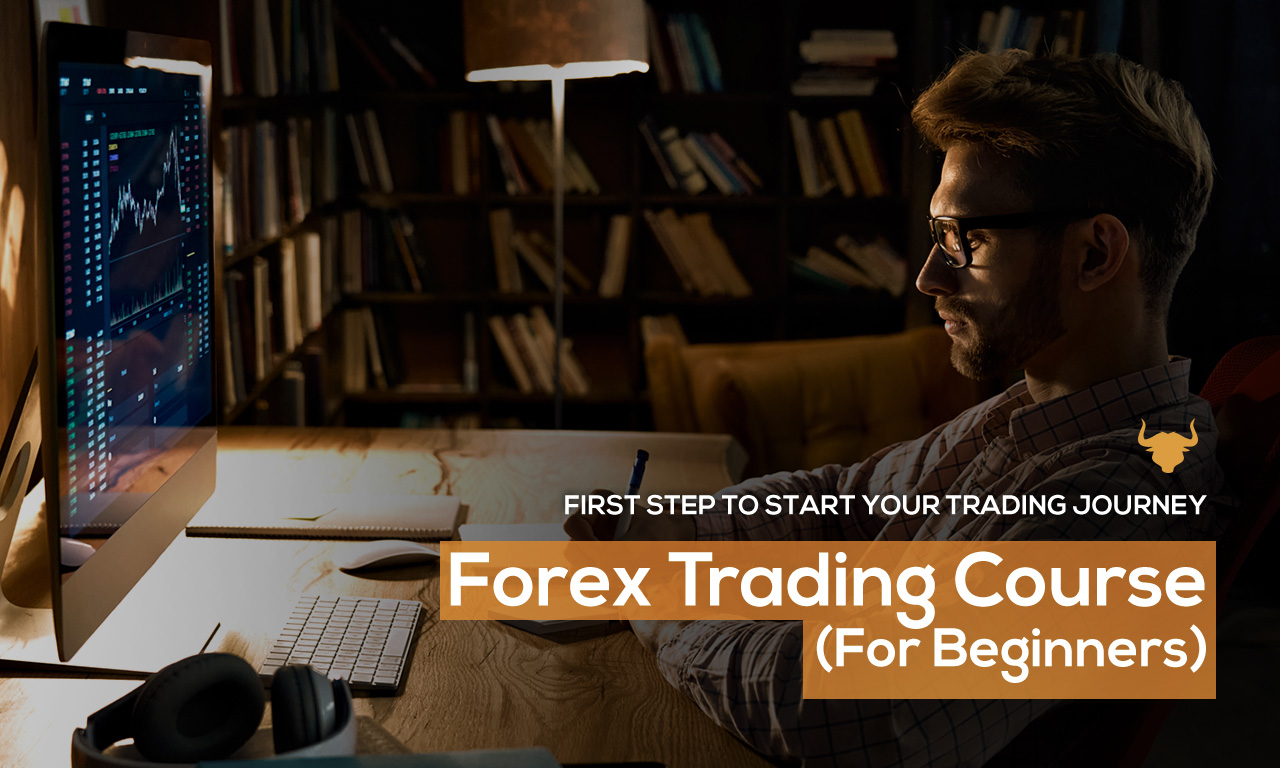The Currency Exchange Market: Insights and Tools for Effective Trading
The money exchange market, or Forex, stands as a pivotal field for investors looking for to profit from worldwide money variations. This sphere demands a thorough comprehension of both essential and technological evaluation to navigate its complexities efficiently. By recognizing financial indications and geopolitical impacts, traders can position themselves advantageously within this vast market. Utilizing tools such as relocating standards and RSI, along with critical risk management practices, can considerably improve trading results. Nonetheless, real details of Forex trading lie beneath the surface, waiting to be checked out additionally. What crucial factors must traders think about to preserve a competitive edge?
Understanding Foreign Exchange Essentials
Foreign exchange, brief for forex, is the global marketplace where currencies are traded, and its value expands past easy currency conversion. This decentralized market runs 24 hr a day, five days a week, and is vital in facilitating global trade and financial investment (forex trading course). Unlike standard stock exchanges, foreign exchange operates via a network of banks, brokers, and economic organizations, ensuring a continual flow of money transactions throughout different time areas
Understanding forex essentials involves comprehending key ideas such as money pairs, exchange rates, and market volatility. The very first money in the set is the base currency, while the second is the quote money.
Market volatility in foreign exchange is influenced by economic indications, geopolitical events, and market belief. Subsequently, investors utilize technical and essential evaluation to predict market activities and make educated trading decisions. By understanding these fundamental concepts, individuals can navigate the complexities of the forex market better
Key Market Players
Their activities can lead to significant market shifts, influencing money supply and need. Alongside central financial institutions, industrial banks and economic establishments play an essential role by facilitating foreign exchange deals for clients, involving in speculative trading, and using liquidity to the market.
Hedge funds and investment supervisors are also influential, usually implementing big forex professions focused on maximizing returns for capitalists. Their approaches can drive considerable cost activities, especially in moments of high market volatility. Multinational companies are vital participants too, participating in foreign exchange transactions to hedge against money danger integral in worldwide procedures, thus influencing the supply and demand characteristics.
Retail traders, though smaller in deal dimension, jointly add to market liquidity and diversity. Developments in innovation and online trading systems have actually equalized accessibility, allowing individual traders to take part actively in forex markets. Brokers and market makers guarantee the smooth operation of trades by offering platforms and services that help with market access and pricing transparency.
Analyzing Market Trends
In the ever-evolving landscape of the currency exchange market, analyzing market trends is vital for comprehending and predicting money motions. This macroeconomic method helps investors expect exactly how these factors will certainly affect money values - forex trading course.
On the other hand, technical analysis concentrates on historical cost data and market patterns to forecast future motions. visit site Traders usually utilize charts, relocating standards, and other technical indications to identify fads and prospective entry or exit factors. Acknowledging patterns such as head and shoulders, double tops, or triangulars can offer understandings into market view and feasible future behavior.
Furthermore, making use of logical tools like the Loved one Strength Index (RSI), Relocating Ordinary Convergence Aberration (MACD), and Bollinger Bands boosts the capability to identify market trends. These tools action momentum, volatility, and cost instructions, offering traders a thorough view of market dynamics.
Effectively analyzing market patterns calls for a combination of these methods, permitting traders to make enlightened decisions and adapt to the complicated, rapidly-changing environment of the money exchange market.
Danger Management Methods
Efficient risk monitoring approaches are vital for navigating the uncertainties inherent in the money exchange market. This dynamic setting, defined by volatility and rapid variations, requires a durable technique to safeguard investments and reduce prospective losses. One basic approach is diversity, which entails spreading investments across different currency pairs to decrease exposure to any single money's damaging activities.
These orders are especially helpful in avoiding emotional decision-making throughout unstable market conditions. Extreme leverage can intensify losses, turning small market relocates into significant monetary setbacks.

Important Trading Devices
Successful currency trading pivots not only on methods yet also on the reliable use necessary trading tools. These devices are vital for examining market data, carrying out trades, and managing profiles effectively. Amongst the most essential tools are trading systems, which offer real-time information, charting abilities, and smooth trade execution. Systems like MetaTrader 4 and 5 are prominent due to their robust features and user-friendly user interfaces.
One more important device is financial schedules, which track vital financial occasions that can dramatically impact money rates. By remaining informed about upcoming announcements, traders can anticipate market movements and adjust their strategies accordingly. Technical analysis devices, such as indications and oscillators, aid investors recognize fads, assistance, and resistance degrees, helping in more informed decision-making.

Conclusion
The money exchange market necessitates an extensive understanding of its characteristics, needing traders to incorporate fundamental and technical analyses for efficient decision-making. Proficiency of these components offers a strong structure for navigating the complexities of Foreign exchange trading and attaining long-term success in this volatile market.